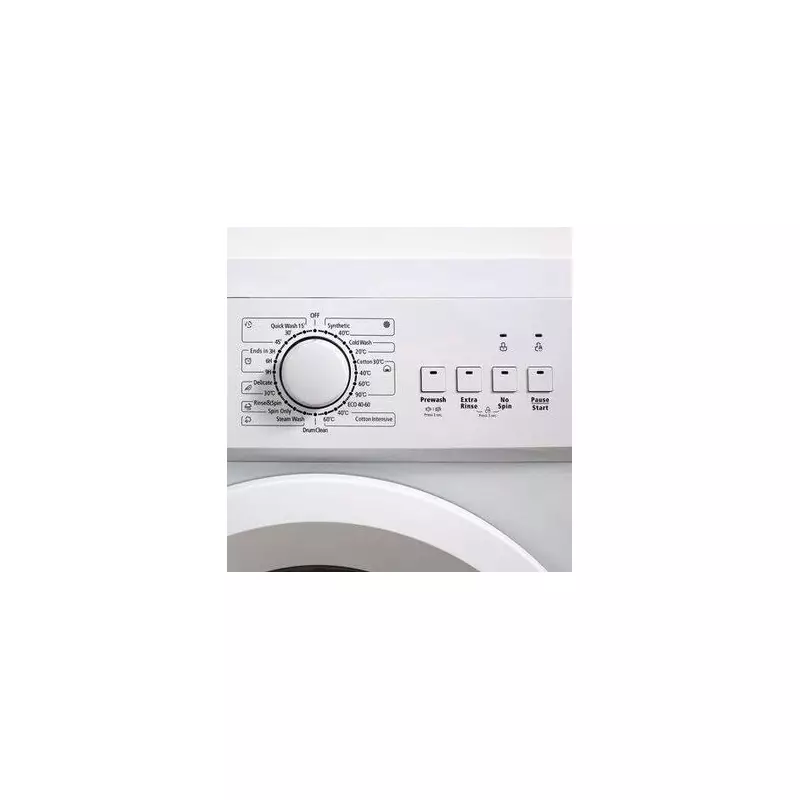
New research has uncovered that the majority of Britons are inadvertently damaging their clothes and hiking up their energy bills through common laundry blunders. A study from appliance giant AEG reveals a widespread 'set-and-forget' mentality when it comes to operating washing machines.
The 'Set-and-Forget' Laundry Crisis
The study found that 67% of people admit to using just one setting on their washing machine, regardless of what they're cleaning. Compounding the issue, 59% use the same temperature for every single load, from delicate silks to heavy-duty towels.
According to AEG laundry expert Michael Forbes, this one-size-fits-all approach is one of the most significant mistakes people make. He warns that it shortens the lifespan of fabrics, wastes energy, and leaves clothes less clean than they could be.
Expert Guidance on Temperatures and Cycles
Michael advises that different fabrics demand specific care. "Items made out of delicate fabrics like silk, satin and lace should be washed in cold water to protect the fabric's colour and material," he says, recommending a wash at 15 to 20 degrees.
For cotton garments, a slightly warmer 30 to 40 degrees is optimal to prevent shrinkage. Woollen items follow the same principle but are safest at 30 degrees or lower. For germ-ridden items like bedding and towels, a hot wash at 60 to 90 degrees is necessary to kill bacteria.
He also cautions against overusing the quick wash function. "It's frequently the preferred setting for many, as it usually takes half the duration of a regular wash, but it should only be used for lightly soiled laundry," Michael explains. For a more cost-effective and thorough clean, the 'eco wash' setting, despite being the longest cycle, is the most economical to run.
Mastering Stain Removal and Laundry Sorting
Tackling stains proves a major hurdle. Michael's top tip is to blot, not rub, a fresh stain. "Blotting will help to draw out the stain, whereas rubbing can push it deeper into the fabric," he clarifies.
He provides specific solutions for different stain types:
- Oil-based stains (cooking oil, sunscreen, sweat): Sprinkle with baking soda to absorb the oil, then run the fabric under water with detergent.
- Darker coloured stains (tea, coffee, curry): Soak the garment in a 50/50 mixture of white vinegar and warm water, then rinse thoroughly.
- Red wine stains: Blot with a dry cloth before soaking in soda water and rinsing with cold water.
Finally, proper sorting is crucial to prevent colour bleeding. Michael advises separating laundry into three distinct piles: lights, darks, and whites. The darks category should include blacks, greys, navy, and reds, while the white pile must be plain white without any designs. Coloured items like pinks, yellows, and light blues form the third category.
By moving away from a single-setting habit and adopting these fabric-specific practices, Brits can extend the life of their clothing, achieve a better clean, and save money on energy and replacements.





